Fundamental to Carté’s analysis is understanding that the Church of England was just one of three denominations that represented a compound Imperial religious establishment. Anglicans, Presbyterians, and Congregationalists all held privileged status in different parts of the Empire: Anglicans in England and the American South, Presbyterians in Scotland, and Congregationalists in New England. Carté describes a tripartite “scaffold” of establishment that bound Protestants together and united the King’s dominions. Protestantism defined the British Empire more than Englishness did, since most of its subjects were not English. ...continue to the Journal of the American Revolution. More from The 8th Virginia Regiment
1 Comment
James Kay enlisted in the 8th Virginia on February 20, 1776. This was four days after someone named John Kay enlisted in the same company. Recruiting and enlisting were family and community affairs in those days. John may have enlisted and then talked James into joining him. John was promoted to sergeant and then became an officer, so he was almost certainly older—probably James’s brother, but maybe his father, an uncle, or a cousin. James was only seventeen.
Captain Berry grew up in King George, at the family plantation known as Berry Plain. Like so many others, his great grandfather had come to Virginia in 1650 as an indentured servant. From that humble start, the family did well. Berry Plain was built about 1720. Thomas and his older brother Benjamin moved to Frederick County sometime before the war and settled near Battletown, the tavern village famous for street brawls sometimes featuring future general Daniel Morgan. Berry Plain is still standing, has been restored, and was up for sale in 2007. (Some of the plantation’s valuable and ancient boxwoods were sold to Colonial Williamsburg in the 1930s, providing much needed funds to “save the farm.”) Battletown, meanwhile, is now known as Berryville and is the county seat of Clarke County (created in 1836). Benjamin is recognized at the town's founder. When Berry and Jolliffe were appointed by the Frederick County Committee of Safety, they had recruiting quotas to fill. It appears that Berry's ties to King George County were still so strong that he made a trip home to recruit among his old friends and neighbors. That, at any rate, would explain Kay’s enlistment. Berry’s company was assigned to the 8th Virginia Regiment, which was brought south into the Carolinas in the spring of 1776. Berry and Kay were present in Charleston for the Battle of Sullivan’s Island, though most 8th Virginia men were not in combat. We know Private Kay was at Sunbury, Georgia that summer when many of his comrades succumbed to malaria. Having grown up near the Chesapeake, he may have had some resistance to the mosquito-borne disease. The soldiers were given furloughs after returning to Virginia that winter and then marched to Philadelphia where they were inoculated for smallpox. Lieutenant Jolliffe was quarantined with smallpox that spring in Winchester, either naturally contracted or from inoculation, and died from it.)
After the war, thousands of Virginia veterans moved to Kentucky. Kay settled in Fayette County, named for the Marquis de Lafayette. By 1826 he lived in Boone County, named for Daniel Boone, but since Boone had originally been part of Fayette that doesn't necessarily mean he moved. He applied for a veteran’s pension in 1833 to supplement a wounded veteran’s benefit he was already receiving and died soon after. He was buried at Salem Baptist Church, then a log church built by a congregation formed in 1827. The church has since been known as Salem Predestinarian Baptist Church and as Salem Creek United Baptist Church.
They found Private Kay’s marker intact but lying flat on the ground in the Salem Baptist Church cemetery. Because the stone is worn and hard to read, they plan to replace it with a new one. The ground is frozen, however, so they are leaving it alone until after the ground thaws. For now, they are working on the application for a government-issued headstone and searching for relatives who might attend a ceremony this summer or fall. If you are a descendant or relative of James Kay, please reach out to the Simon Kenon Chapter, SAR.
More from The 8th Virginia RegimentAfter a couple of quiet days in quarters, McCarty was ordered to have the men ready to march with three days’ provisions. They marched on Thursday, January 23, to Springfield, where McCarty was able to acquire a store of new shoes, stockings, and breeches. The men, some of whom were barefoot, lined up in the snow for the desperately-needed gear. On Saturday evening, his tasks completed, McCarty once again “took a walk to the country, where I got some cyder and a very good supper.” Quartermastering had definite perquisites. Again, on Sunday, he went “into the country,” took some lodgings and “stayed all day.” On Monday, Stephen’s severely understrength brigade headed out to look for the enemy. McCarty followed behind, responsible for the wagons. “Our Virginia troops had marched, and I got orders from General Stephen to follow on, and I marched to Westfield, and then to Scotch Plains, it being in the night and very muddy. I got lodgings at one Mr. Halsey’s.” There was was a regiment of Connecticut men in the field as well, commanded by Col. Andrew Ward. These were one-year men whose enlistments would be up in May. Ward's men had been begging to go home since December, however, and were beginning to desert. McCarty and his wagons caught up with the Virginians, commanded by Col. Charles Scott, and joined them in taking quarters at Quibbletown, a village known today as New Market. McCarty, like the other Virginians, was furious that Ward’s men didn't support them. “There was a body of above 400 men that never came up to our assistance till we retreated. Then they came up, but too late, and only some.” Their anger was soon directed back at the enemy when it was discovered that some wounded Americans had been murdered on the field. Several enemy soldiers (officers, according to McCarty), “went to the field where we retreated from, and the men that was wounded in the thigh or leg, they dash out their brains with their muskets and run them through with their bayonets, made them like sieves. This was barbarity to the utmost.” The murder of the wounded Virginians is confirmed by several sources. General Stephen wrote directly to British general Sir William Erskine to complain that six Virginians “slightly wounded in the muscular parts, were murdered, and their bodies mangled, and their brains beat out, by the troops of his Britannic Majesty.” He warned that such conduct would “inspire the Americans with a hatred to Britons so inveterate and insurmountable, that they never will form an alliance, or the least connection with them.” Stephen could think of no better threat than a reprise of Gen. Edward Braddock’s defeat in the French and Indian War. Stephen used his credentials as a survivor of that battle to insult and to intimidate the British general with over-the-top threats of Indian cannibalism. I can assure you, Sir, that the savages after General Braddock’s defeat, notwithstanding the great influence of the French over them, could not be prevailed on to butcher the wounded in the manner your troops have done, until they were first made drunk. I do not know, Sir William, that your troops gave you that trouble. So far does British cruelty, now a days, surpass that of the savages. In spite of all the British agents sent amongst the different nations, we have beat the Indians into good humour, and they offer their service. It is their custom, in war, to scalp, take out the hearts, and mangle the bodies of their enemies. This is shocking to the humanity natural to the white inhabitants of America. However, if the British officers do not refrain their soldiers from glutting their cruelties with the wanton destruction of the wounded, the United States, contrary to their natural disposition, will be compelled to employ a body of ferocious savages, who can, with an unrelenting heart, eat the flesh, and drink the blood of their enemies. I well remember, that in the year 1763, Lieutenant Gordon, of the Royal Americans, and eight more of the British soldiers, were roasted alive, and eaten up by the fierce savages that now offer their services. The fundamental British strategy in the Revolution was to empower Loyalists and to pacify rebels and persuade them to accept offers of amnesty. The plan clearly wasn’t working. Shortly after the Battle of Drake’s Farm, a loyalist wrote home: “For these two month[s], or nearly, we have been boxed about in Jersey, as if we had no feelings. Our cantonments have been beaten up; our foraging parties attacked, sometimes defeated, and the forage carried off from us; all travelling between the posts hazardous; and, in short, the troops harassed beyond measure by continual duty.” The Forage War was a brilliant (and still-unheralded) success for the Americans. Denying the enemy forage and forcing them to live in close quarters for several months had a cumulatively severe impact on them. Howe had more than 31,000 troops at New York on August 27, 1776. When spring came, he had lost between forty and fifty percent of those men to death, desertion, capture, or disease. That was not sustainable. 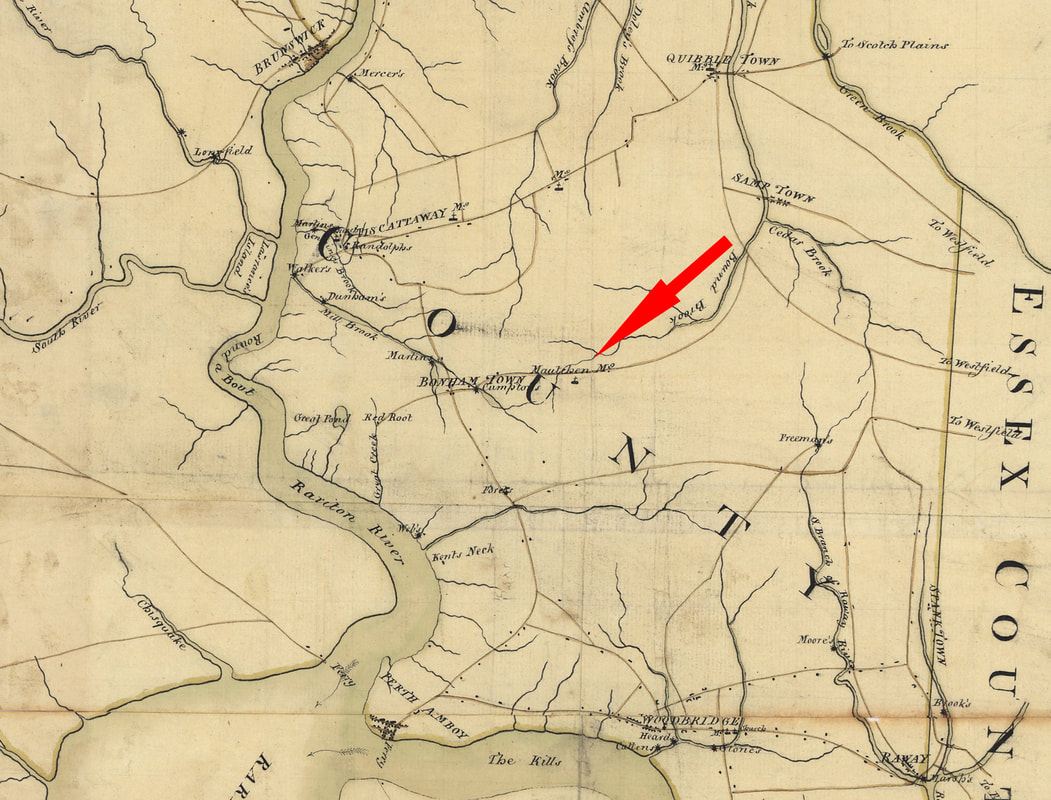 The Battle of Drake's Farm occurred at nor near Metuchen, N.J., half-way between major British outposts at New Brunswick and Perth Amboy. This 1781 map was drawn four years after the engagement. This map is oriented ninety degrees to the right of standard orientation, with the right facing to the north. (Library of Congress) More from The 8th Virginia Regiment |
Gabriel Nevilleis researching the history of the Revolutionary War's 8th Virginia Regiment. Its ten companies formed near the frontier, from the Cumberland Gap to Pittsburgh. Categories
All
Archives
June 2024
© 2015-2022 Gabriel Neville
|
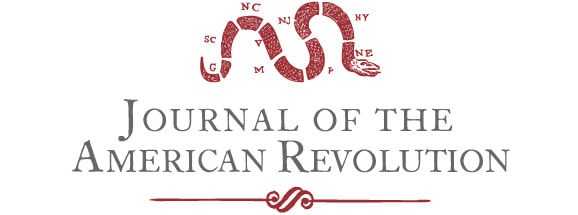
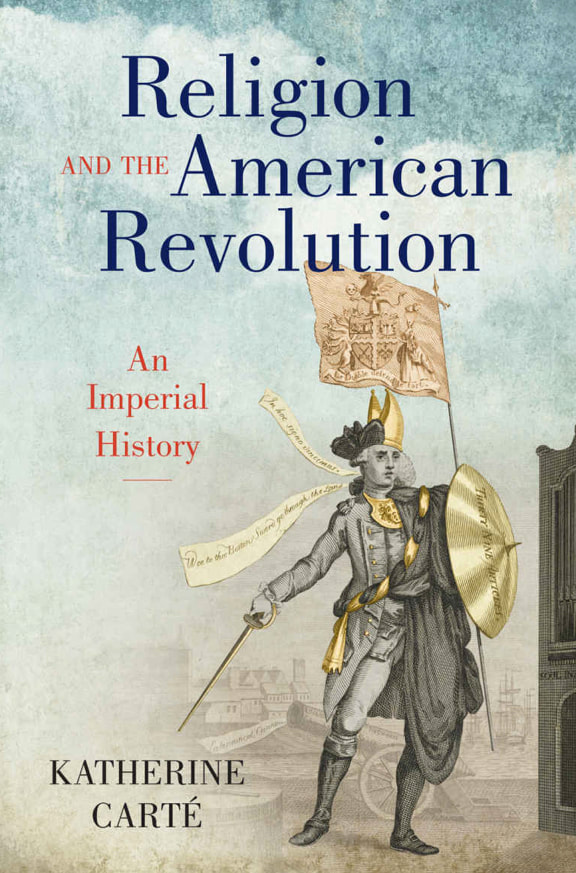
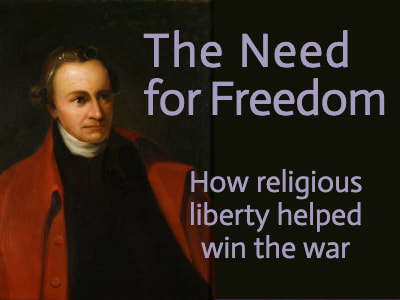
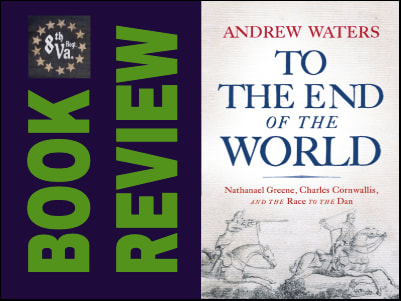
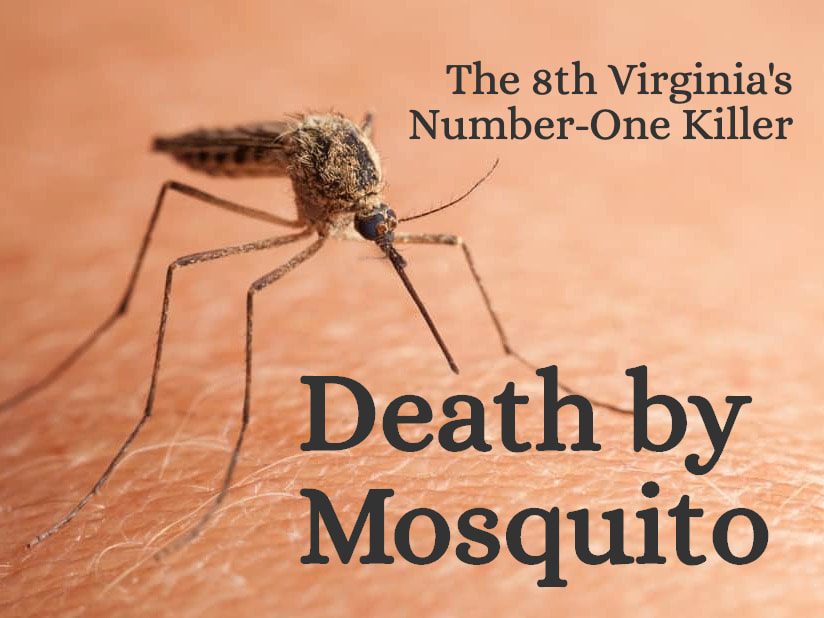
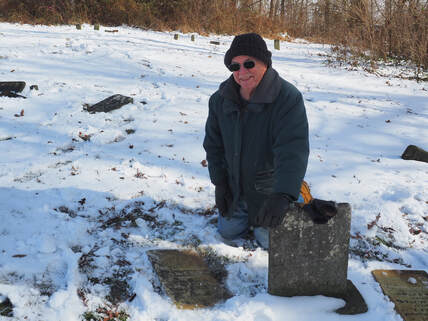
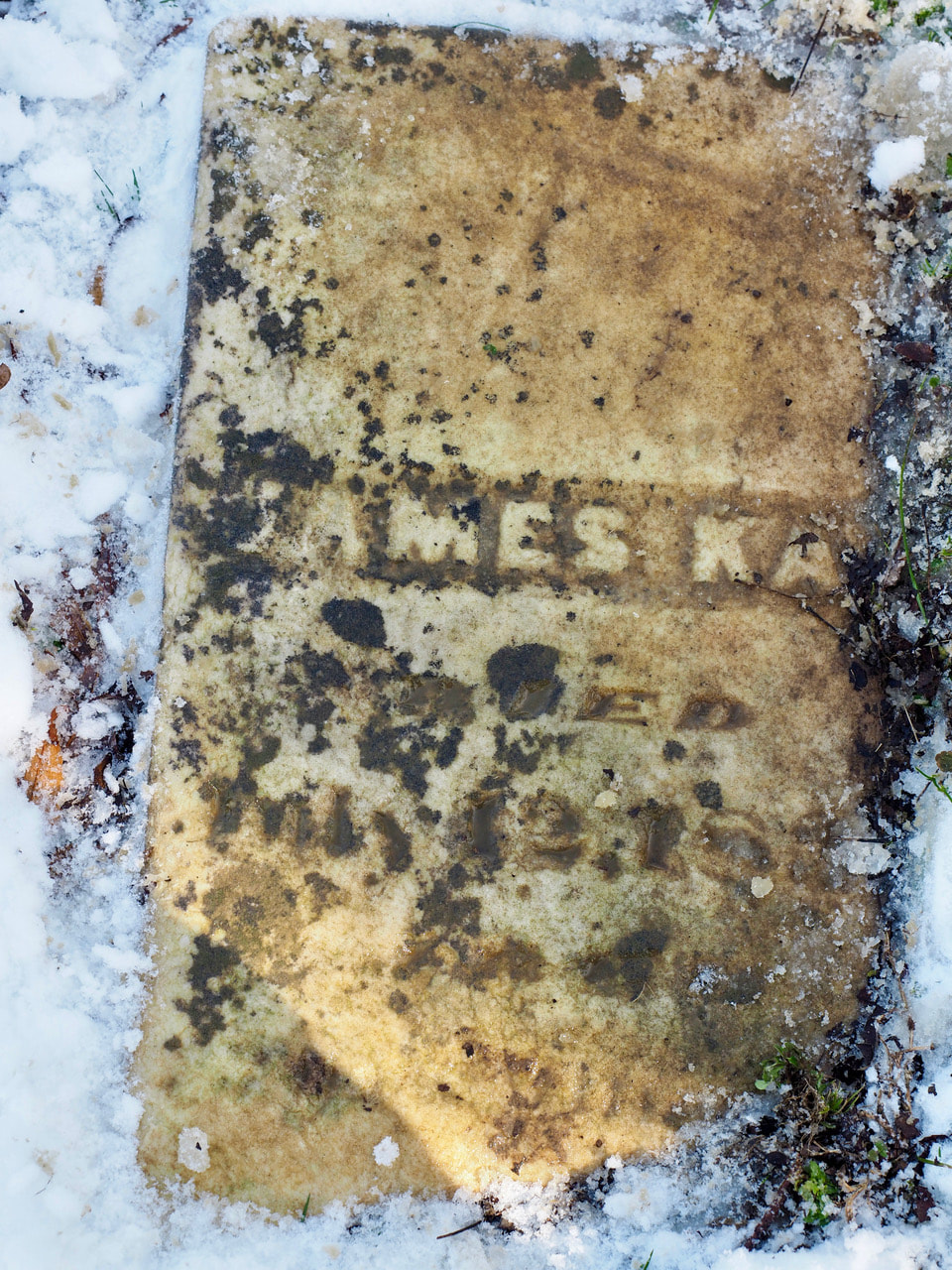
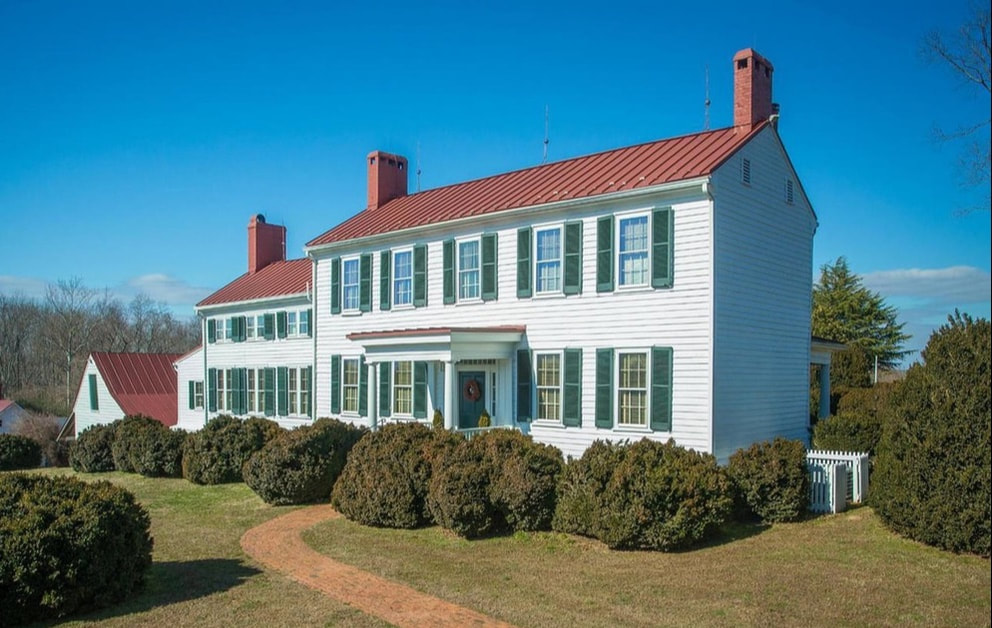
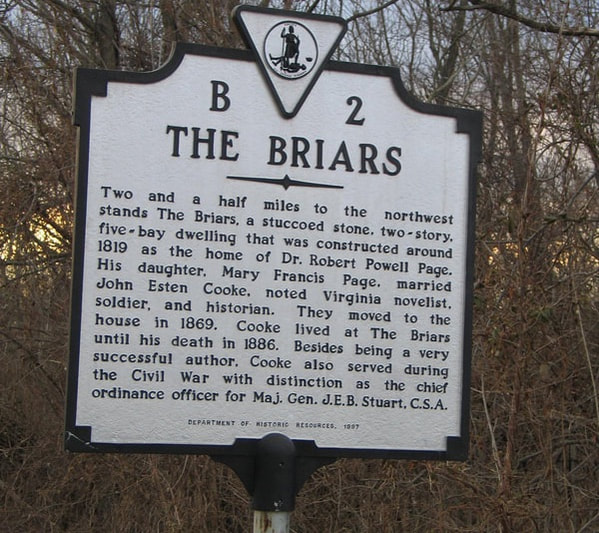
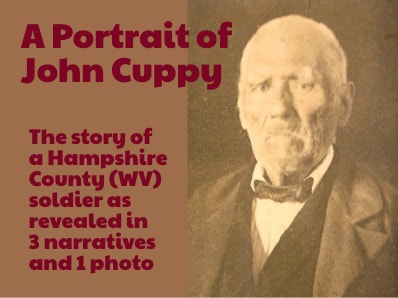
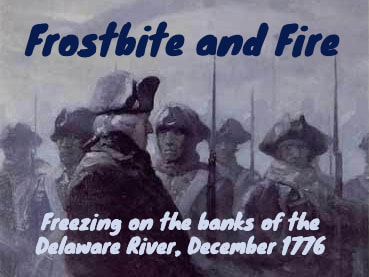
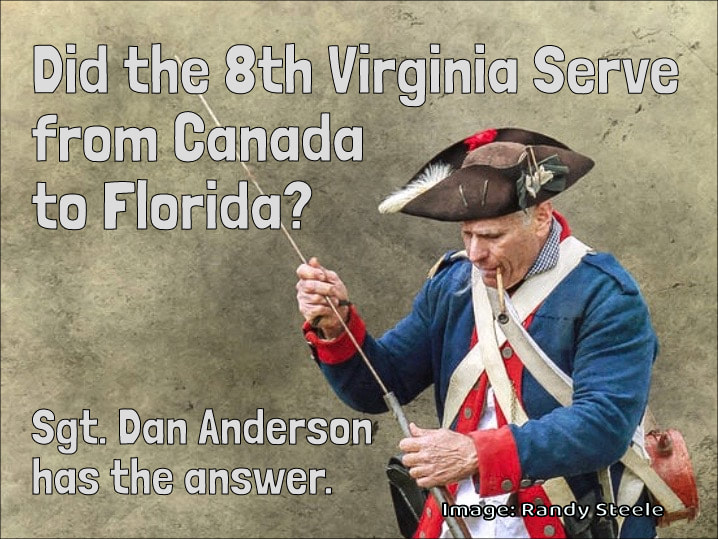
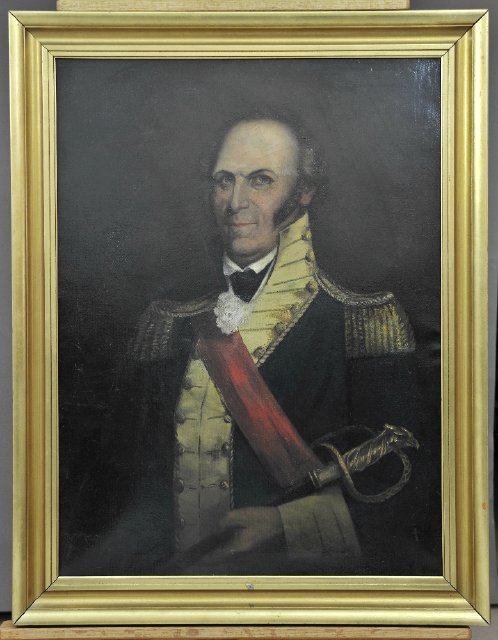
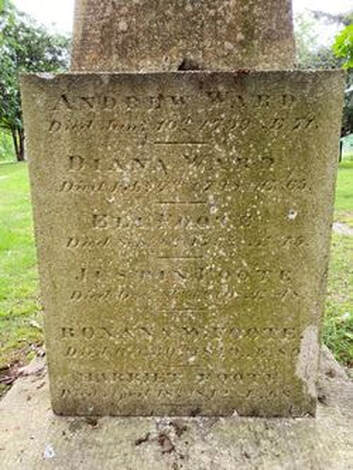
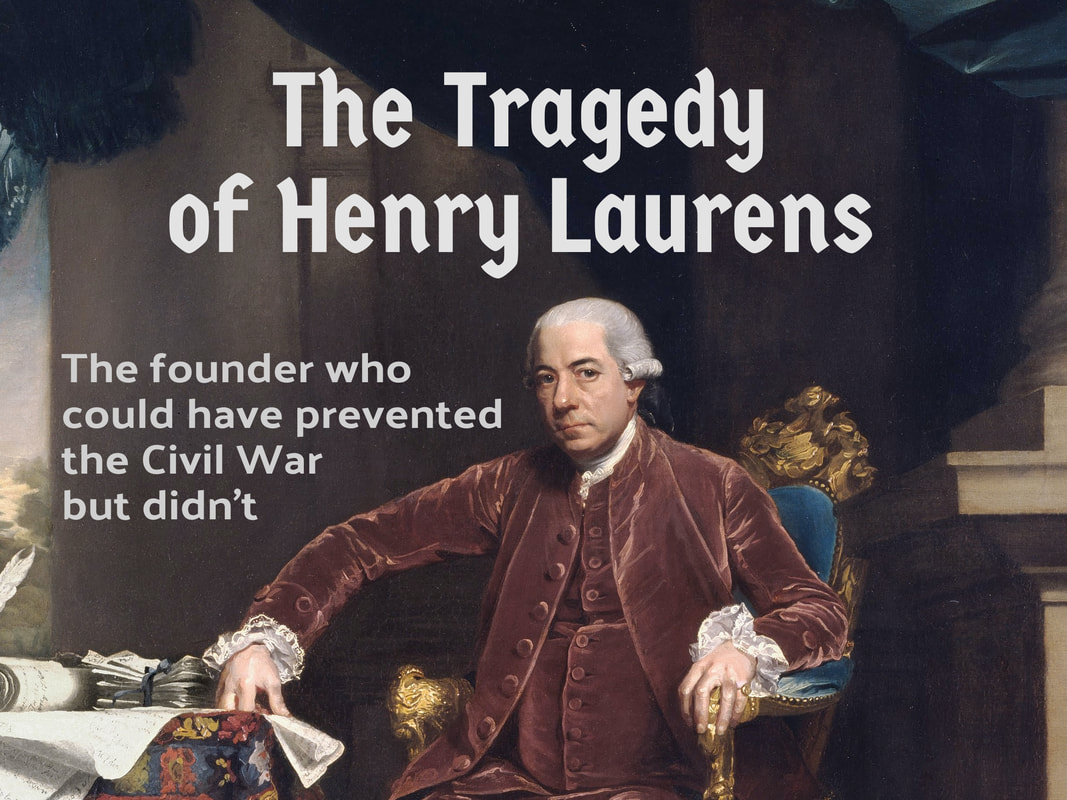
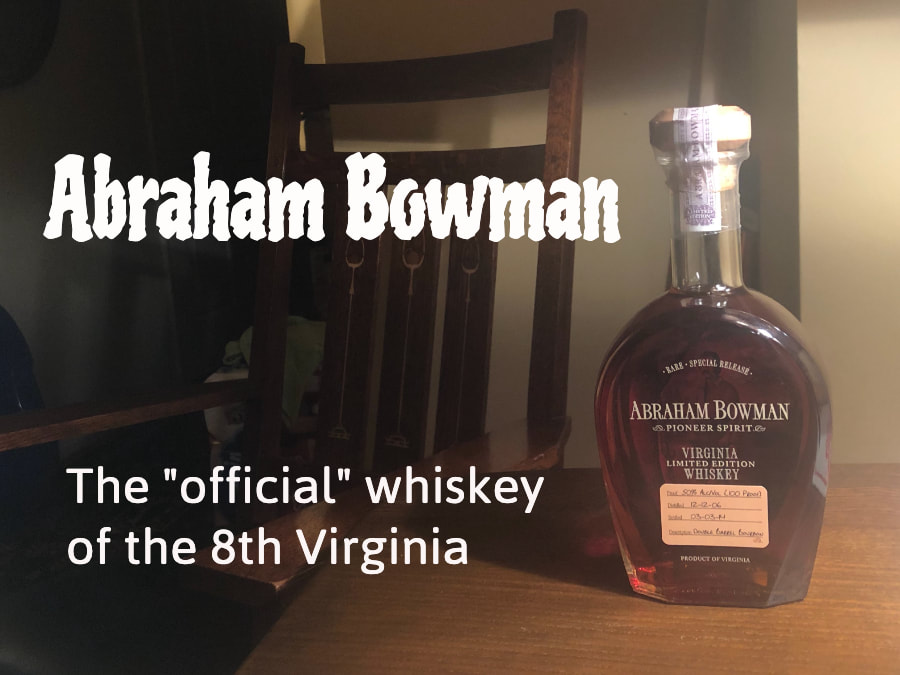
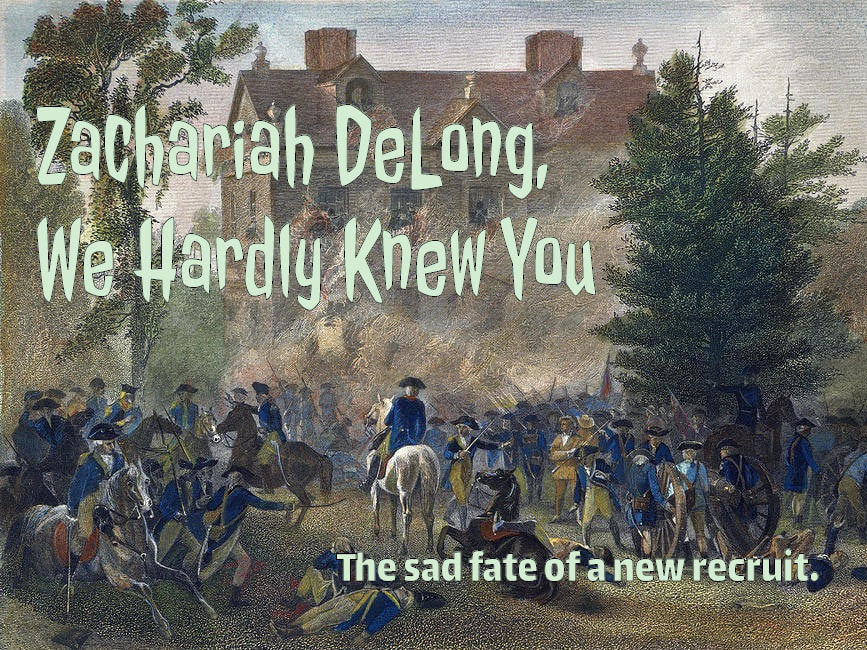
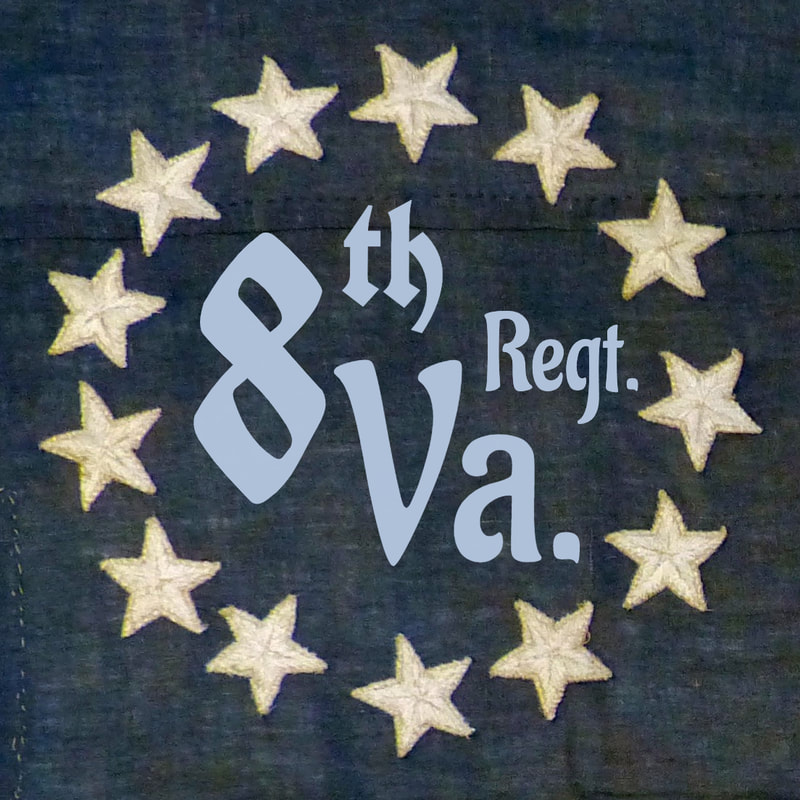
 RSS Feed
RSS Feed